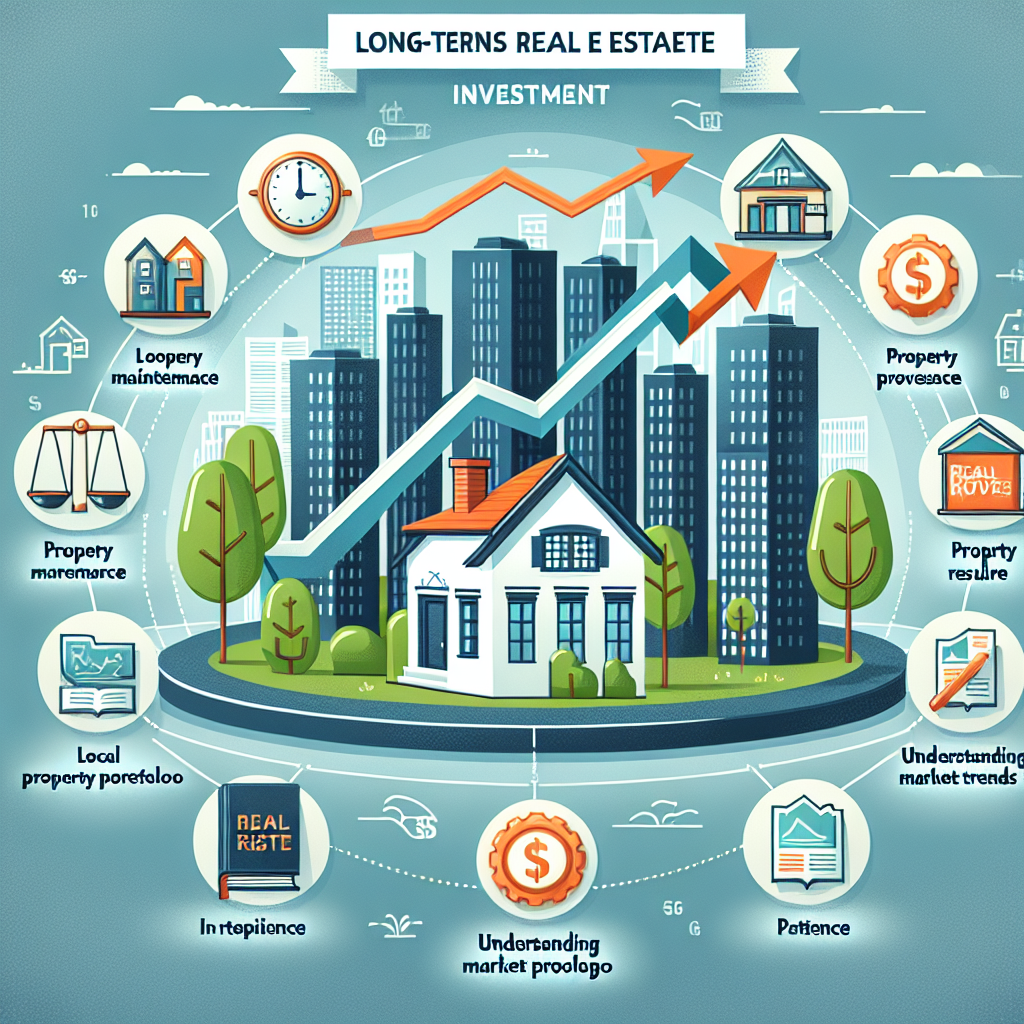
Real Estate Investment Tips for Long-Term Growth
Investing in real estate is an attractive option for many due to its potential for steady income, capital appreciation, and tax benefits. However, like any investment, it comes with its own set of risks and challenges. By following certain tips and strategies, investors can navigate the market more effectively and set themselves up for long-term growth. Here’s how to approach real estate investments to maximize your returns over time.
Understand the Market Cycle
Real estate markets are cyclical and understanding where the market is in its cycle can greatly influence your investment decisions. Each phase of the cycle – recovery, expansion, hyper supply, and recession – has its characteristics and opportunities. Anticipating these changes and knowing when to buy, hold, or sell properties can significantly impact your investment’s success.
Focus on Location
One of the oldest adages in real estate investment is “location, location, location,” and it holds true for a good reason. The location of your property significantly impacts its value and potential growth. Key factors to consider include proximity to amenities, public transportation, good schools, and economic development projects. Up-and-coming neighborhoods often offer great potential for long-term growth.
Invest in Quality
While it might be tempting to look for the cheapest properties available, investing in quality assets can lead to better long-term outcomes. Well-maintained properties in desirable areas are more likely to appreciate in value, attract and retain tenants, and incur lower maintenance costs over time. Evaluating structural integrity, fixtures, and fittings, and the overall condition of the property before investing is crucial.
Diversify Your Portfolio
Putting all your eggs in one basket is never a wise strategy, especially in real estate. Diversify your property investments across different types (residential, commercial, industrial, etc.), locations, and even investment methods (direct property investments, real estate investment trusts (REITs), etc.). Diversification can help manage risk and stabilize your investment returns over the long term.
Plan for Expenses
Real estate investment is not just about the purchase price. Ongoing expenses such as property taxes, insurance, maintenance, and potential vacancy periods need to be factored into your budget. Accurately estimating these costs is essential for calculating your potential return on investment (ROI) and ensuring your property remains profitable.
Build a Professional Network
The importance of networking in the real estate industry cannot be overstated. Building relationships with real estate agents, lawyers, accountants, contractors, and other investors can provide you with valuable insights, advice, and investment opportunities. A strong professional network can be a significant asset in your real estate investment journey.
Leverage Technology
The real estate industry has seen a surge in technological advancements and innovations. From property listing platforms and market analysis tools to property management software, leveraging technology can give you a competitive edge. It can help you make more informed decisions, streamline operations, and enhance the overall investment process.
Think Long-Term
Real estate investing is not typically a get-rich-quick scheme. It requires patience, persistence, and a long-term perspective. The most successful real estate investors are those who view their investments as long-term commitments and are prepared to ride out the ups and downs of the market.
Implementing these tips can help you navigate the complex world of real estate investment more effectively and position your portfolio for long-term growth. Remember, every investment carries risk, so it’s important to conduct thorough research and possibly consult with a financial advisor to tailor your investment strategy to your financial goals and risk tolerance.






